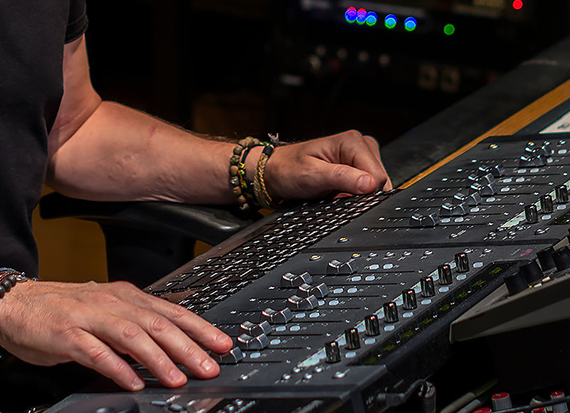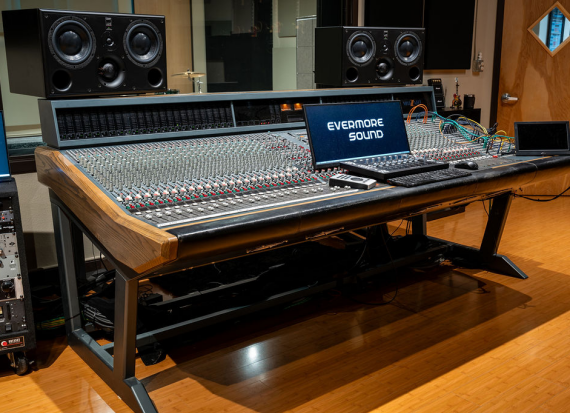Analog & Digital Recording
Recording to tape offers several benefits compared to digital recording
Analog Warmth: Tape recording introduces a natural warmth and depth to the audio that many musicians and engineers find appealing. This analog characteristic can enhance the overall sound quality, adding richness and texture to the recordings.
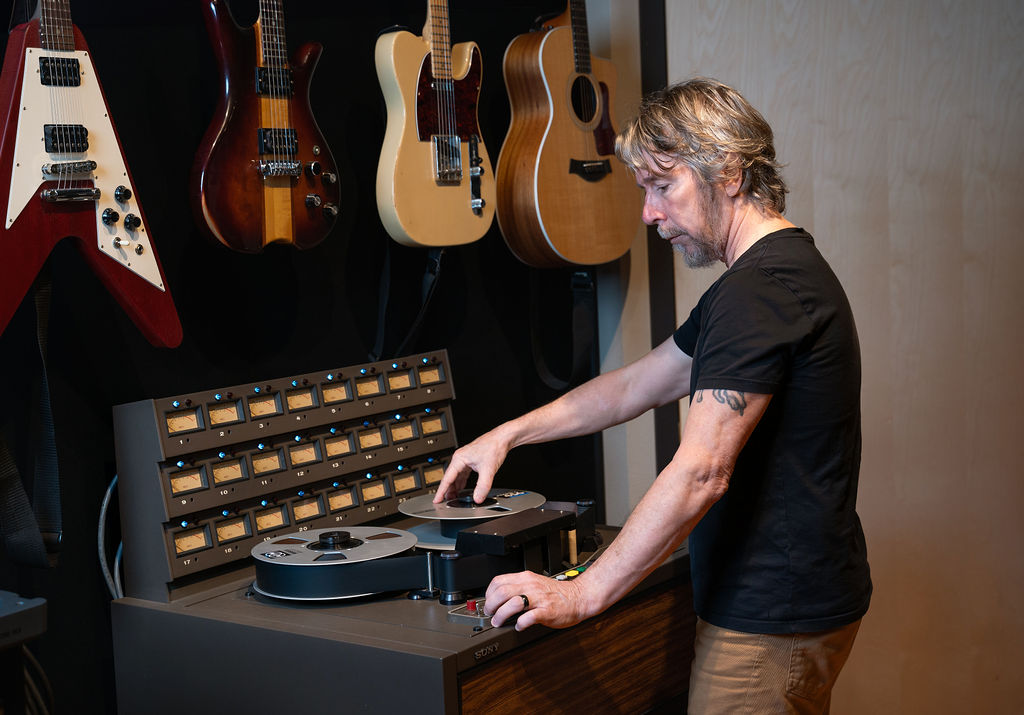
Saturation and Compression: Tape has a unique saturation and compression effect that can smooth out transients and add a pleasing harmonic distortion to the audio signal. This can help glue the mix together and create a cohesive sound.
Natural Dynamics: Unlike digital recording, which can sometimes sound sterile or overly compressed, tape recording preserves the natural dynamics of the performance. This can result in a more dynamic and lively sound that is preferred by many musicians and audiophiles.
Vintage Aesthetic: Recording to tape provides a vintage aesthetic that is reminiscent of classic recordings from the analog era. This can add character and charm to the music, evoking a sense of nostalgia for listeners.
Hands-On Workflow: Working with tape requires a more hands-on approach to recording and mixing, which some engineers find creatively inspiring. The tactile nature of tape machines and analog consoles can encourage experimentation and spontaneity in the studio.
Overall, recording to tape offers a unique sonic palette and creative workflow that appeals to many musicians, producers, and engineers seeking a classic analog sound.
FIND OUT ABOUT TAPE RE-AMPING
Recording to tape also has some drawbacks to consider
Limited Track Count: Tape machines typically have a limited number of tracks compared to digital recording systems. This can restrict the number of instruments and layers that can be recorded simultaneously, potentially limiting the complexity of arrangements.
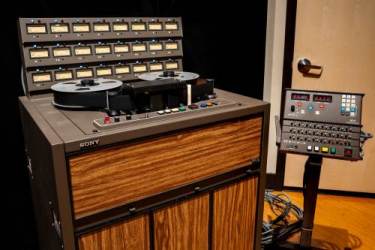
Cost and Maintenance: Tape machines and related equipment can be expensive to purchase and maintain. Additionally, the cost of tape stock and replacement parts can add up over time. Maintenance tasks such as cleaning heads and aligning machines also require specialized knowledge and skill.
Time-Consuming Workflow: Recording to tape can be more time-consuming than digital recording, as tape-based workflows often involve tasks such as spooling, rewinding, and editing by physically cutting and splicing tape. This can slow down the recording and editing process compared to the instantaneous editing capabilities of digital audio workstations (DAWs).
Noise and Degradation: Tape recording introduces inherent noise and signal degradation over time, particularly with repeated playback and recording cycles. Tape hiss, wow and flutter, and frequency loss are common issues associated with analog tape recording, which may require noise reduction techniques and careful monitoring during the recording process.
Limited Editing Options: Editing audio on tape is less flexible and precise compared to digital editing in a DAW. Tasks such as overdubbing, rearranging sections, and applying detailed edits are more challenging and time-consuming with tape-based systems, often requiring multiple takes and manual editing techniques.
Physical Storage Space: Analog tape reels require physical storage space and proper environmental conditions to prevent deterioration and damage. Storing and cataloging tape recordings can be cumbersome, especially for large recording projects or long-term archival purposes.
Overall, while recording to tape offers a distinctive analog sound and creative workflow, it also presents practical challenges and limitations that may not be suitable for all recording projects and budgets.
Why not have the best of both worlds?
Using a hybrid recording method combines the advantages of both analog tape and digital recording technologies, allowing for a flexible and versatile approach to capturing audio. Here's how it optimizes the best of both worlds:
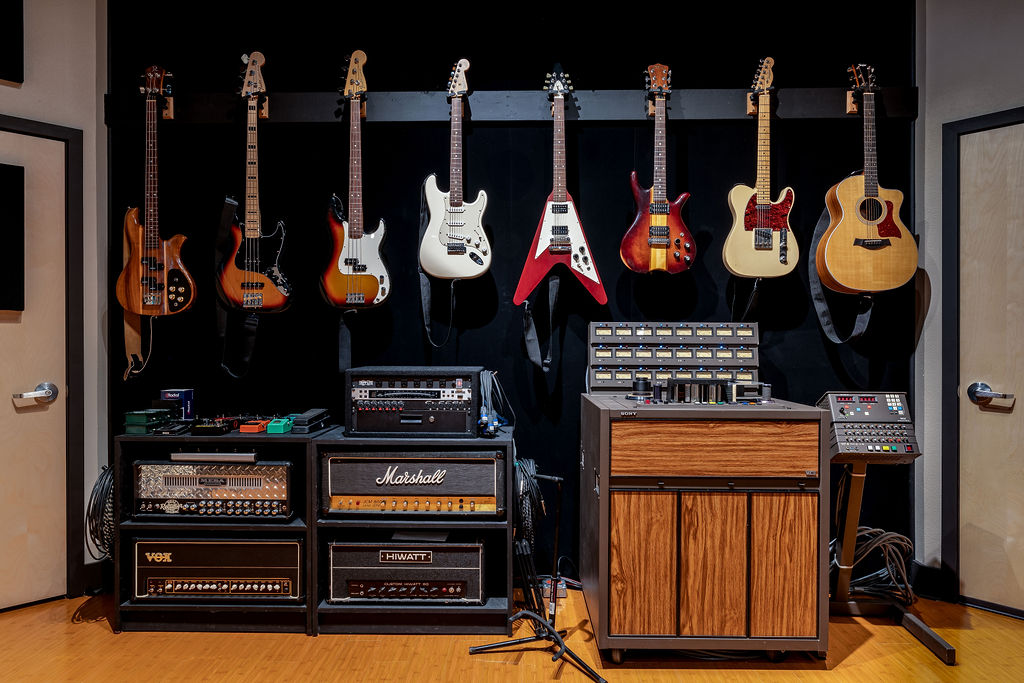
Analog Warmth and Character: Analog tape recording is renowned for its warmth, depth, and character, imparting a distinct sonic quality to recordings. By utilizing analog tape at certain stages of the recording process, such as tracking vocals, instruments, or specific mix elements, engineers can infuse the audio with the rich, organic sound associated with analog technology.
Digital Precision and Flexibility: Digital recording offers unparalleled precision, flexibility, and convenience in terms of editing, processing, and storage. Digital audio workstations (DAWs) provide advanced editing tools, such as non-destructive editing, unlimited tracks, and real-time processing plugins, allowing for precise control over every aspect of the recording and mixing process.
Hybrid Workflow Integration: In a hybrid recording setup, analog tape machines and outboard gear are seamlessly integrated with digital audio interfaces and DAWs. This integration allows engineers to leverage the strengths of both analog and digital technologies, utilizing analog processing for coloration and character while harnessing digital tools for editing, mixing, and mastering tasks.
Creative Signal Chain Options: With a hybrid approach, engineers have the flexibility to create unique signal chains that combine analog and digital processing elements. For example, audio signals can be recorded to analog tape for saturation and compression before being transferred to a digital environment for further editing, mixing, and mastering. This allows for creative experimentation and sonic exploration, resulting in distinctive and dynamic recordings.
Workflow Efficiency and Versatility: Hybrid recording workflows offer the efficiency and versatility of digital technology combined with the tactile experience and sonic benefits of analog equipment. Engineers can choose the most suitable tools and techniques for each stage of the recording process, tailoring the workflow to meet the specific needs and preferences of each project.
Overall, a hybrid recording method optimizes the best of both analog and digital worlds, providing engineers and producers with a powerful toolkit for capturing, shaping, and enhancing audio recordings with unparalleled creativity and quality.
